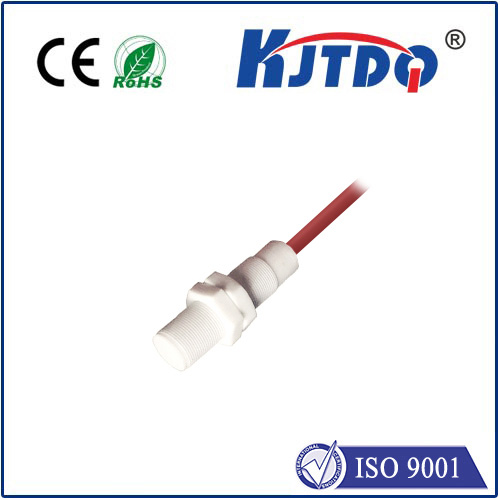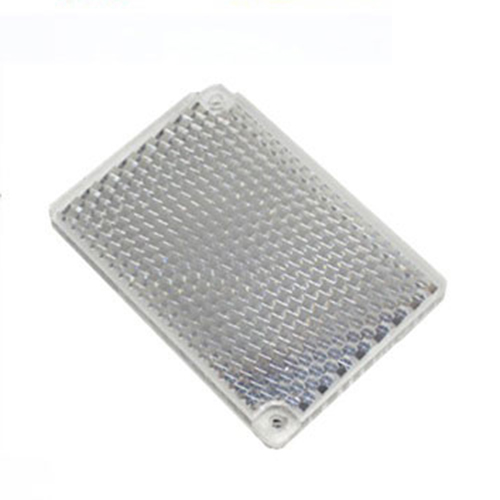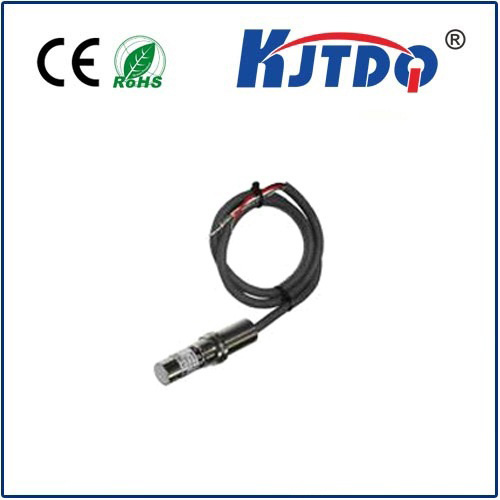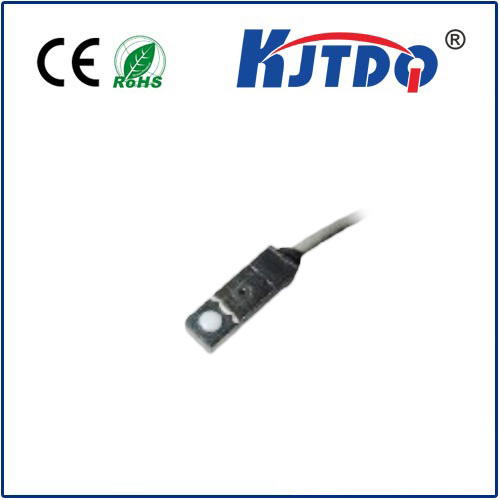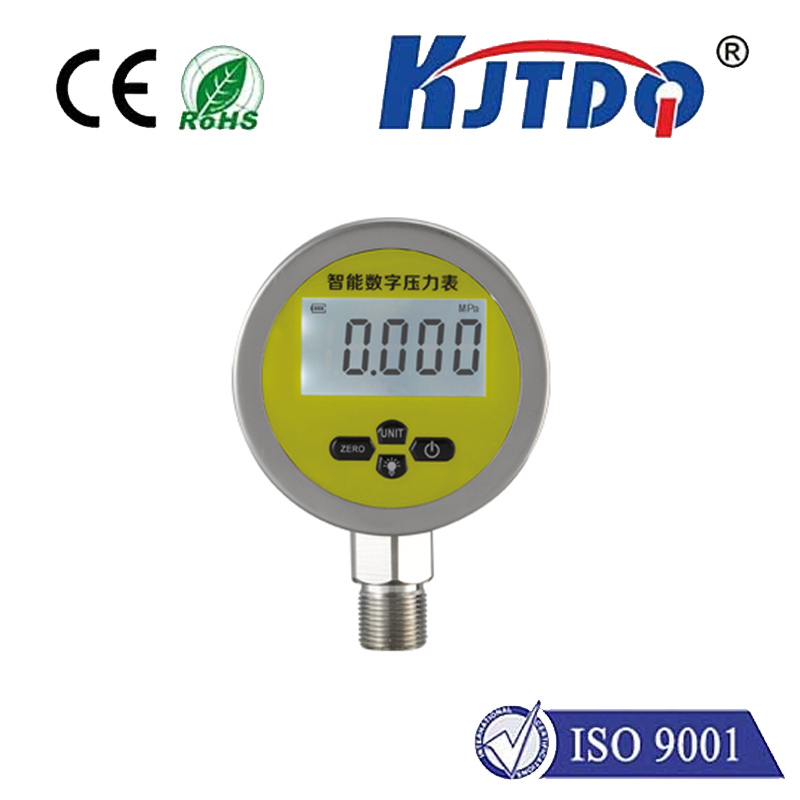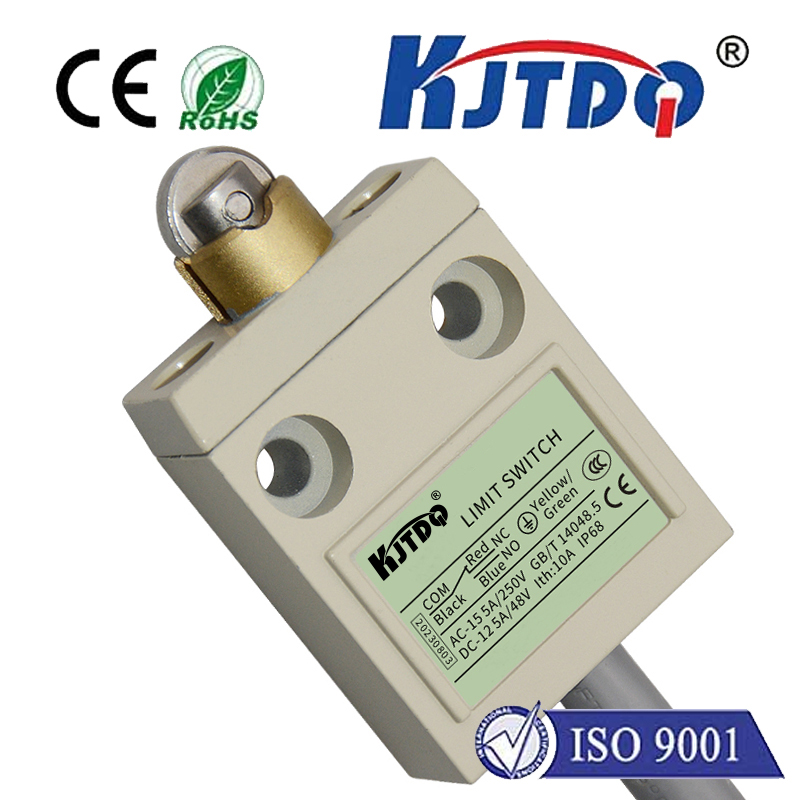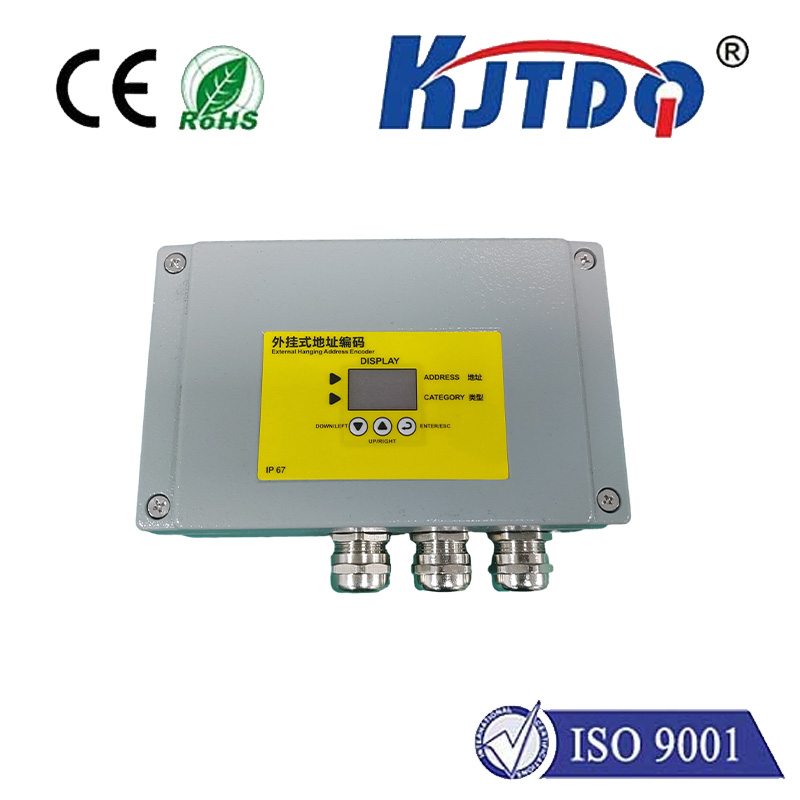

check

check

check

check

check

check

check

check

check

check
Title: "Laser Detection: Revolutionizing the Field of Optics"
Introduction:
The world of optics has witnessed a significant transformation with the advent of laser detection technology. Laser detection, also known as laser sensing, is a non-invasive and highly accurate method of measuring various physical properties such as temperature, pressure, and distance. This article aims to provide a comprehensive overview of laser detection, including its history, principles, applications, and future prospects.
Section 1: The Origins and Evolution of Laser Detection
The concept of laser detection can be traced back to the early days of laser research in the mid-twentieth century. Initially, researchers focused on developing high-powered lasers for industrial and scientific applications. However, it was not until the late 1960s and early 1970s that scientists began exploring the potential of lasers as sensors. In the following decades, laser detection technology underwent significant advancements, leading to its widespread adoption in various fields.

Section 2: Principles of Laser Detection
Laser detection relies on the phenomenon of photoacoustic emission, which occurs when a laser beam interacts with an object and stimulates its acoustic properties. The interaction between the laser and the object can cause the object's molecules to vibrate at specific frequencies, generating sound waves that can be detected by a receiver. This process allows for highly precise measurements of physical properties without making direct contact with the object.
Section 3: Applications of Laser Detection
The applications of laser detection are diverse and have transformed various industries, including aerospace, automotive, healthcare, and environmental monitoring. Some of the key applications include:
a) Temperature Monitoring: Laser detection can measure the temperature of surfaces or objects with remarkable accuracy, making it ideal for use in industrial processes where thermal control is critical.
b) Pressure Measurement: By analyzing changes in the absorption and scattering of laser beams, laser detection can be used to measure pressure accurately over long distances.
c) Distance Measurement: Laser detection can determine the distance between two objects by measuring the time it takes for the light to travel between them. This technique is particularly useful in remote sensing applications where it is difficult or impossible to make physical contact with the target.
d) Medical Applications: Laser detection has been employed in various medical procedures, such as eye surgery, skin resurfacing, and cancer treatment. It offers a non-invasive and safe alternative to traditional surgical methods.
Section 4: Future Prospects of Laser Detection
The potential of laser detection technology continues to inspire innovation and development in various fields. Some of the exciting areas of research include improving the speed and precision of laser detection, developing new materials and devices that enhance its sensitivity and range, and exploring its applications in new domains such as quantum sensing and nanotechnology. As laser detection technology advances, it is expected to play an increasingly crucial role in solving complex problems and advancing our understanding of the natural world.
